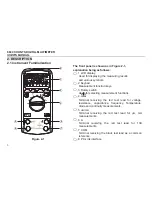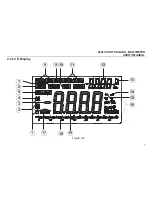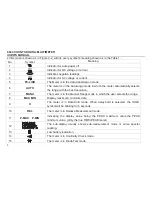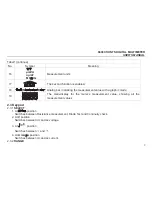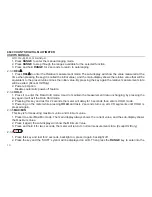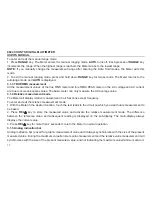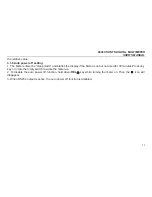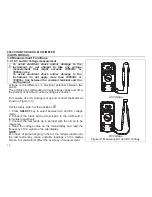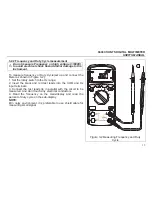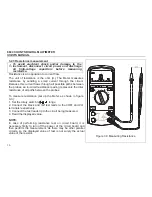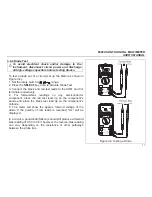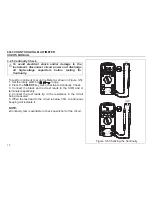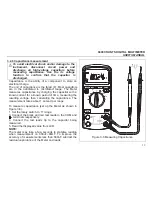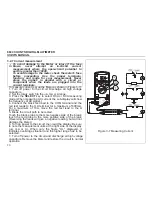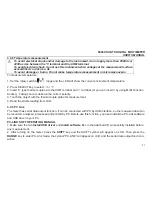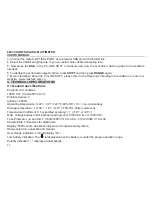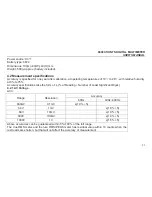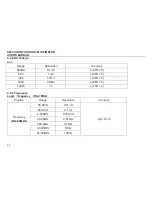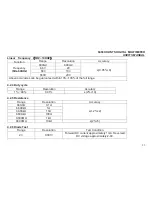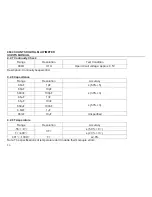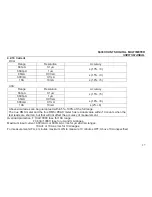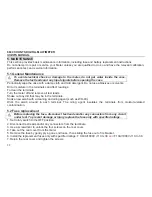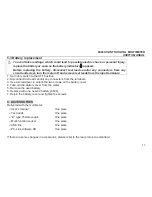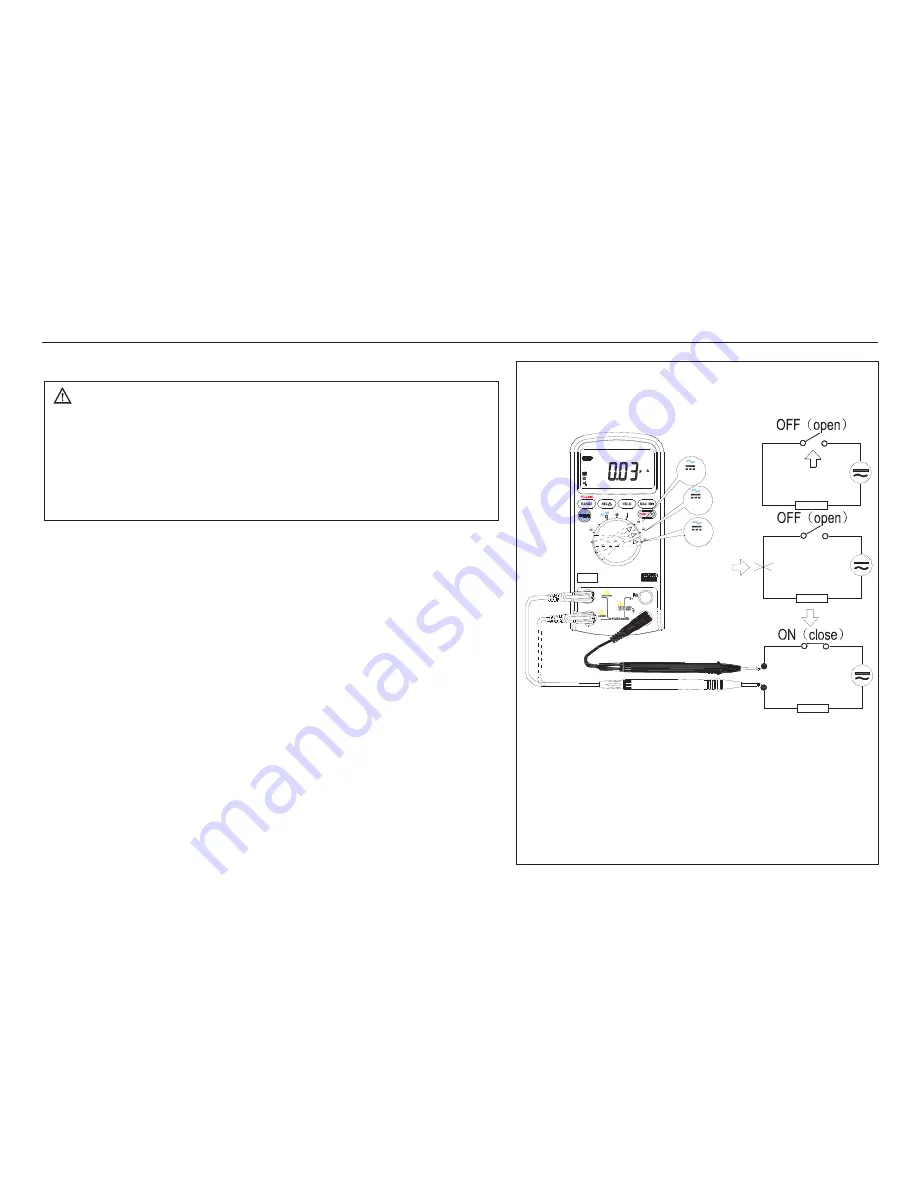
6600 COUNTS DIGITAL MULTIMETER
USER'S MANUAL
20
3.2.7 Current measurement
To avoid damage to the Meter or injury if the fuse
blows, never attempt an in-circuit current
measurement where the open-circuit potential to
earth is greater than 1000V.
To avoid damage to the meter, check the meter's fuse
before proceeding. Use the proper terminals,
function, and range for your measurement. Never
place the probes in parallel with a circuit or
component when the leads are plugged into the
current terminals.
To measure current (set up the Meter as shown in Figure 3-7):
1. Turn off power to the circuit. Discharge all high voltage
capacitors.
2. Set the rotary switch to the
P
A, mA or A range.
3. Press the
SELECT
key to select DCA or ACA measuring
mode.(When measuring AC current, the sub-display will show
the frequency of AC signal.)
4. Connect the black test lead to the COM terminal and the
red test leads to the mA terminal for a maximum of 600mA.
For a maximum of 10A, move the red test lead to the A
terminal.
5. Break the circuit path to be tested.
Touch the black probe to the more negative side of the break;
touch the red probe to the more positive side of the break.
(Reversing the leads will give a negative reading, but will not
damage the Meter.)
6. Turn on power to the circuit; then read the display. Be sure
to note the measurement units at the right side of the display
(
P
A, mA or A). When only the figure "OL" displayed, it
indicates overrange situation and the higher range has to be
selected.
7. Turn off power to the circuit and discharge all high voltage
capacitors. Remove the Meter and restore the circuit to normal
operation.
A
mA
uA
C
¡ £
Hz
V
OFF
F
¡ £
COM
A
V
Hz
mA
uA
A
mA
uA
Figure 3-7 Measuring Current

